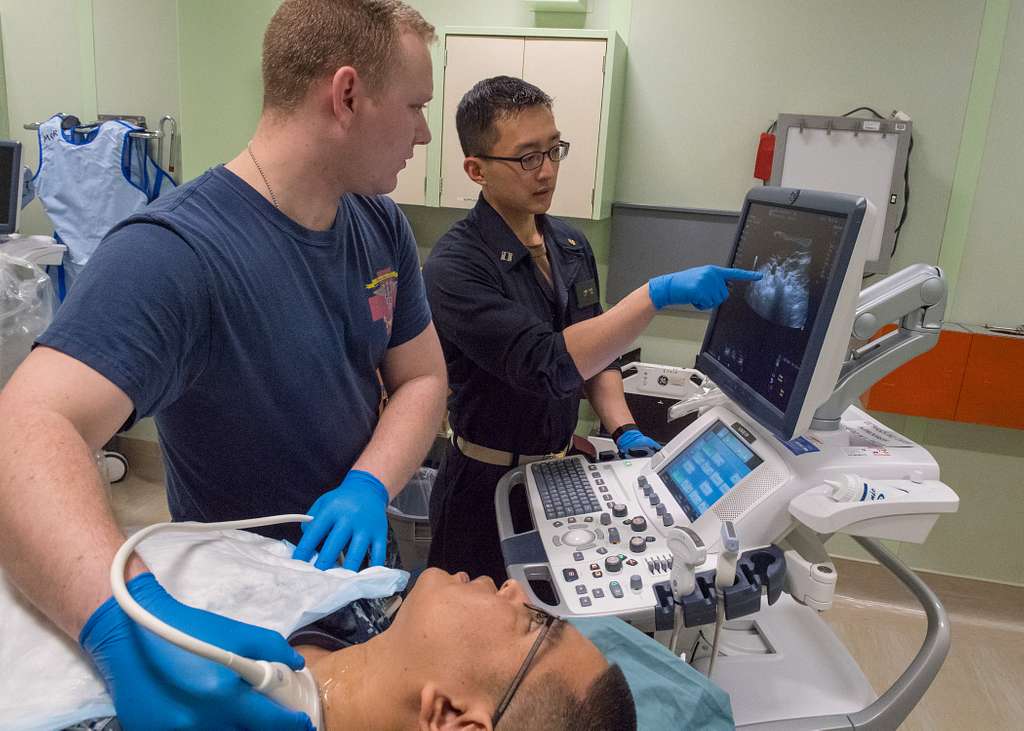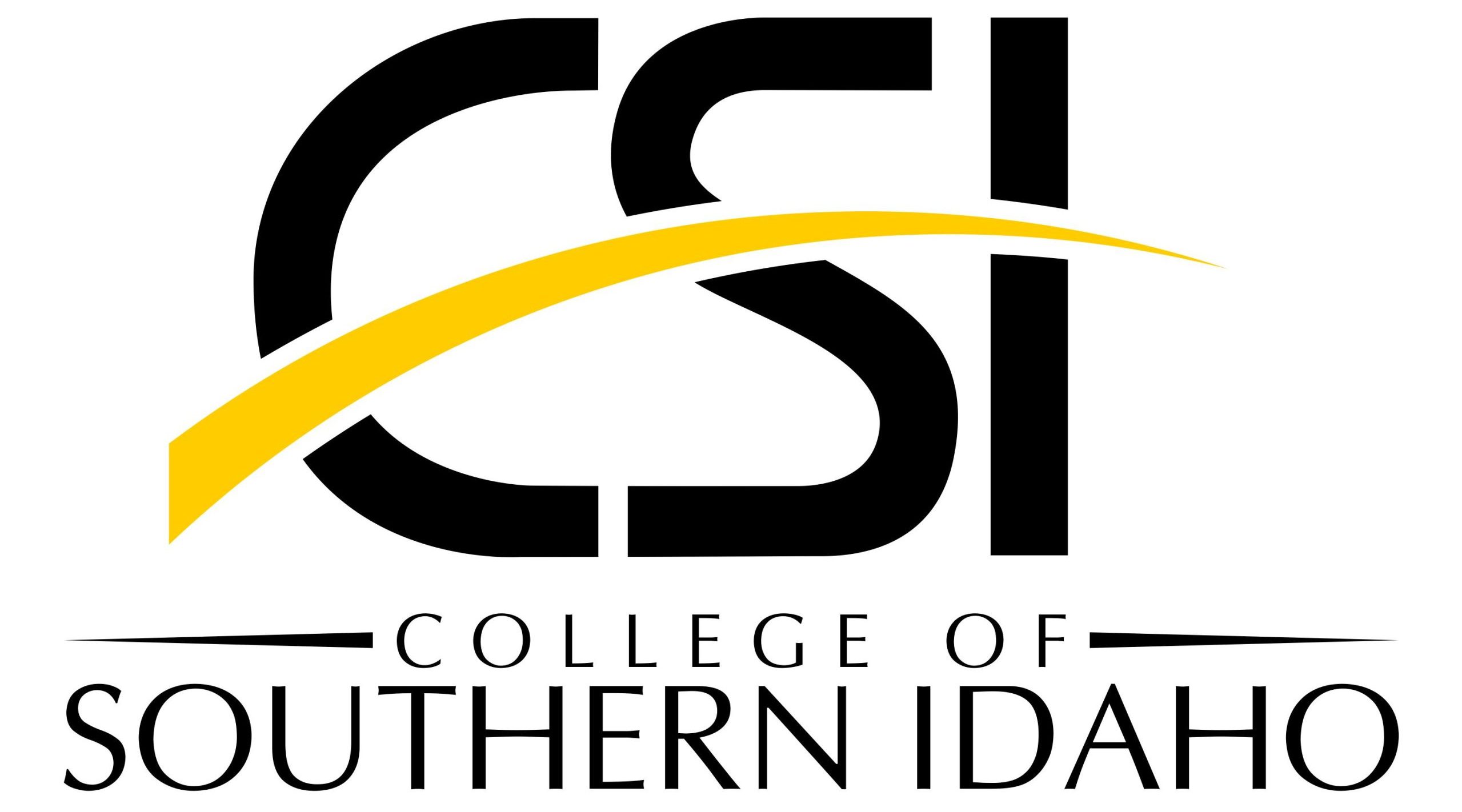8.5 Diagnostic Medical Sonographer
Brandon Censon MPH, CPH, RRT-NPS, CPFT, CPT

A diagnostic medical sonographer, also known as a sonographer, uses specialized ultrasound equipment to produce images of body structures, a process known as sonography. Diagnostic medical sonographers are trained to obtain and analyze these ultrasound images, which are crucial in diagnosing and treating many medical conditions. Because ultrasound technology is non-invasive, diagnostic medical sonographers often conduct the initial imaging exam to help narrow down a patient’s diagnosis, ensuring they receive the appropriate care and treatment.
The duties of a diagnostic medical sonographer include, but are not limited to, operating imaging equipment, identifying normal and abnormal images, communicating results to the appropriate member of the healthcare team, preparing patients for the procedure, and providing education throughout the ultrasound process. Most diagnostic medical sonographers work in hospitals, clinics, and diagnostic labs.
Academic Requirements and Career Pathway
The academic requirements for diagnostic medical sonographers include an associate or bachelor’s degree in sonography. The training for diagnostic medical sonographers includes both didactic and clinical/hands-on components. Upon completion of their sonography training, students can take one of the two sonographer certification exams, through either the American Registry of Diagnostic Medical Sonographers (ARDMS) or the American Registration of Radiologic Technologists (ARRT). Most certified diagnostic medical sonographers practice under the title of registered diagnostic medical sonographer (RDMS).
After obtaining their entry-level certification, diagnostic medical sonographers can pursue advanced certifications in various specialties, including fetal echocardiography, pediatric sonography, pediatric echocardiography, and obstetrics and gynecology. For those interested in advancing to supervisory, educational, or research positions, earning an advanced degree can be beneficial.
Attributions
- Figure 7.3: Lt. Yibo Chen, right, trains Hospital Corpsman 3rd Class Dustin Fulton on how by U.S. NAVY in the Public Domain
American Registry for Diagnostic Medical Sonography. (2019). ARDMS exams & certifications: Sonography certifications. ARDMS. https://www.ardms.org/discover-ardms/examinations-and-credentials/
American Registry of Radiologic Technologists. (n.d.a). Computed tomography (CT). AART. https://www.arrt.org/pages/earn-arrt-credentials/credential-options/computed-tomography
American Registry of Radiologic Technologists. (n.d.b). Mammography. AART. https://www.arrt.org/pages/earn-arrt-credentials/credential-options/mammography
American Registry of Radiologic Technologists. (n.d.c). The ARRT exam. AART. https://www.arrt.org/pages/resources/exam-information
American Society for Clinical Pathology. (n.d.). Board of certification. ASCP Board of Certification. https://www.ascp.org/content/Board-of-Certification/
Mount Sinai. (2016). Mitral valve regurgitation information. Mount Sinai Health System. https://www.mountsinai.org/health-library/diseases-conditions/mitral-valve-regurgitation
U.S. Bureau of Labor Statistics. (2023). Nuclear medicine technologists. U.S. Bureau of Labor Statistics. https://www.bls.gov/ooh/healthcare/nuclear-medicine-technologists.htm

